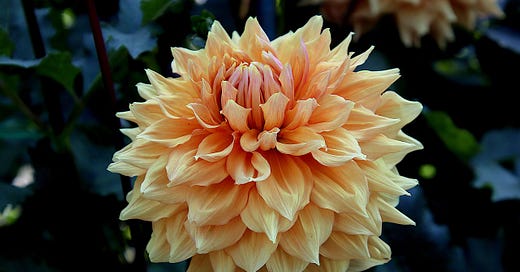A garden is full of quiet conversations. A leaf wilts, asking for water. A flower deepens in color, shifting with the seasons. Even the air changes, carrying a scent that signals rain before the first drop falls. If you know how to look, the garden is always speaking.
But listening is an art. Not just in the garden, but in life. We are so quick to act, to fix, to assume we already know. Yet the most skilled gardeners—and the best listeners—pause first. A struggling plant may not need water; it might need space. A flower slow to bloom may not lack nutrients, but sunlight. The answers aren’t always obvious, and the same is true for people. Someone withdrawing from conversation may not need a flood of words, but the quiet assurance of presence.
Silence is often misunderstood. It isn’t emptiness, but something alive. In Virginia Woolf’s To the Lighthouse, Mrs. Ramsay sits in wordless companionship with her husband, and in that silence, there is understanding—of love, of time slipping away, of what doesn’t need to be spoken aloud. In poetry, the pauses between lines shape meaning as much as the words themselves. And in a garden, space between plants can be what allows them to thrive.
Listening, in its truest form, is about patience. Not every problem needs immediate fixing. Not every silence needs to be filled. The best gardeners observe first, responding only when they understand what’s truly needed. In life, too, we can learn to listen—to people, to the world, to the quiet wisdom that speaks when we are still enough to hear it.




